In the last few years, surveys from the Pew Research Center have found that the majority of Americans (79%) are concerned about how companies are using their personal data, while 81% say the potential risks of data collection by companies outweigh the benefits. On top of that, a little more than half (52%) said they decided against purchasing a product or service because they worried about those products having privacy issues.
Cybersecurity—or the protection of computer tech and data from malware, phishing, and other attacks—continues to inform our daily lives and decisions. As consumers grapple with privacy concerns, responsibility falls on companies to show what they’re doing to protect their customers.
For many brands, choosing the right visuals can be key in communicating and establishing digital trust. In 2019, customer searches on Getty Images for “cybersecurity”, “information security”, “data privacy”, and “digital security” went up by 132%, 157%, 159%, and 171%, respectively, reaffirming that these issues continue to be top of mind for brands in the online space.
Unfortunately, some of the commercial photography we’re used to seeing around the topic of cybersecurity relies on outdated stereotypes rather than authentic experiences. A 2019 study by the Hewlett Foundation and IDEO, cited by Getty Images in a trend report on the subject, helps break down the dangers of these old cliches. While photos of hackers in hoodies and Matrix-style green numbers scrolling across a screen are prevalent, these kinds of visuals do little to help the public understand the concept of cybersecurity.
According to a 2019 survey from the Pew Research Center, 70% of American adults believed their personal information was less secure than it was five years earlier. At the same time, however, 81% said they have little or no control over the data that companies collect about them, and 59% said they understand little or nothing about what companies do with the data they collect. Only one in five adults reported that they always or often read the privacy policies they are asked to approve.
That means that even as searches for photos depicting cybersecurity boomed, consumers struggled to understand the basics. Cybersecurity is a human issue that extends from the digital realm into our everyday lives, affecting families and businesses. Photos of faceless hackers, neon padlocks, and abstract circuit boards are common, but they don’t communicate the real-world consequences of data breaches. They also fail to show the simple steps we can take to protect our data.
Whether used in a news article or advertising campaign, the right photos can help make the subject feel more accessible, while communicating hope and security over fear and uncertainty. Sensational images are giving way to more realistic ones, so consider photographing those everyday micro-moments we can all relate to. Maybe it’s someone signing into their email at work (phishing attacks via text and email are among the most common), or perhaps it’s a parent juggling at-home responsibilities with checking their phones.
The 500px team tells us, “Showing models dealing with these instances in real-life situations allows consumers to connect with the subject and see themselves in their shoes, while also providing brands with the opportunity to acknowledge that, with their help, these kinds of digital threats aren’t something to worry about.”
For inspiration, consider this 2020 commercial from the cybersecurity company Palo Alto Networks, featuring parents working remotely while fielding video calls, or Christian Slater’s commercial for HP Wolf Security, illustrating how phishing attacks can affect families at home. In other words, keep it approachable and human.
In late 2019, Getty Images named Humanizing Tech as one of their top trends, finding that 62% of brands in the financial services sector are looking to show technology and humanity in their brand visuals. The search term “humanizing tech” emerged for the first time in 2018. When telling these stories, consider leaning into a warmer color palette and incorporating a human touch.
As always, one thing to keep in mind is intellectual property issues. If you plan on Licensing your photos for commercial use, they can’t have any trademarked designs, including brand logos or ports and buttons on your devices. The best way to avoid this problem is to choose props that look generic; you can cover up identifying features or edit them out in post-production. Instead of focusing solely on the devices themselves, focus on the people and their stories, while also showing the way they use their tech.
Another aspect to consider when photographing cybersecurity can be showing what IT experts are doing behind the scenes to help ensure our information remains safe. Over on Getty Images, the word “innovation,” which consistently ranked as the top search concept keyword worldwide, saw a 141% increase in 2019.
As attacks have increased, start-ups have continued to innovate. This year, as The New York Times reported, investors have put over $12.2 billion into cybersecurity companies—a $2 billion increase from last year’s total. Globally, spending on information security and related products and services is predicted to hit $150 billion in 2021. Meanwhile, corporate cybersecurity chiefs are earning higher salaries this year than last, as demand increases amid high-profile attacks.
Before photographing this side of the industry, consider consulting experts in the field for ideas and feedback; do your own research, and learn as much as you can about the industry. Especially in this field, it’s essential to convey accurate information rather than misleading tropes, whether you’re photographing an IT pro helping someone manage their tech or documenting what goes on in a server room on a daily basis.
Diversity and inclusion should also be priorities in this space, and it’s worth noting that experts in the Hewlett Foundation and IDEO study felt frustrated at the lack of authentic visuals depicting women in cybersecurity. The tech industry is made up of thinkers innovators of all genders, identities, races, abilities, and age groups, so remember to reflect that reality in your photos.
Not on 500px yet? Click here to learn about Licensing with 500px.



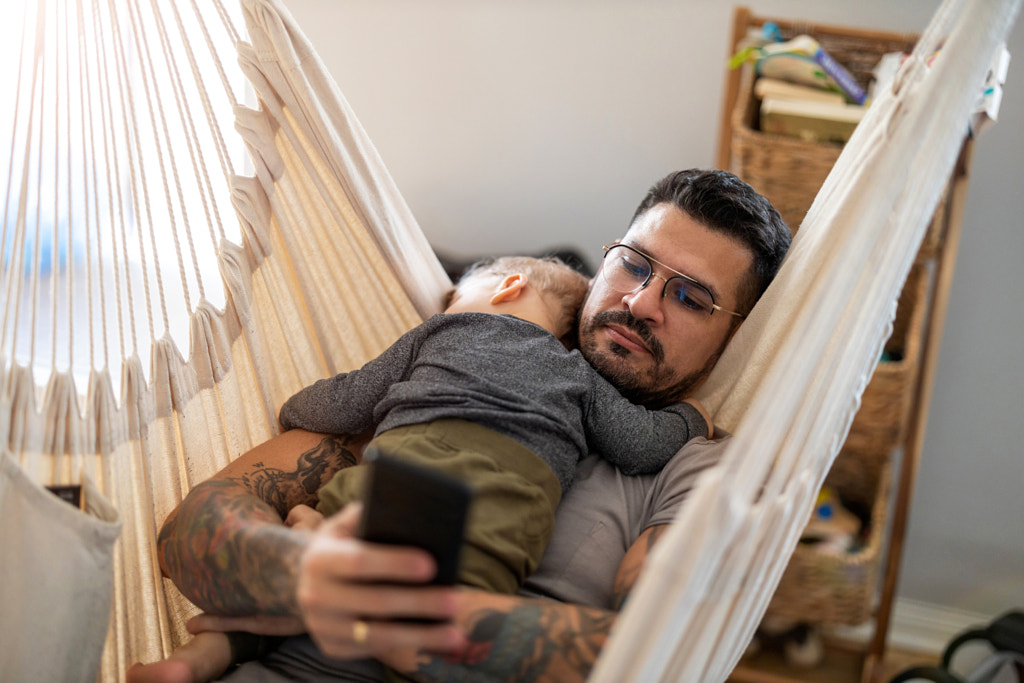


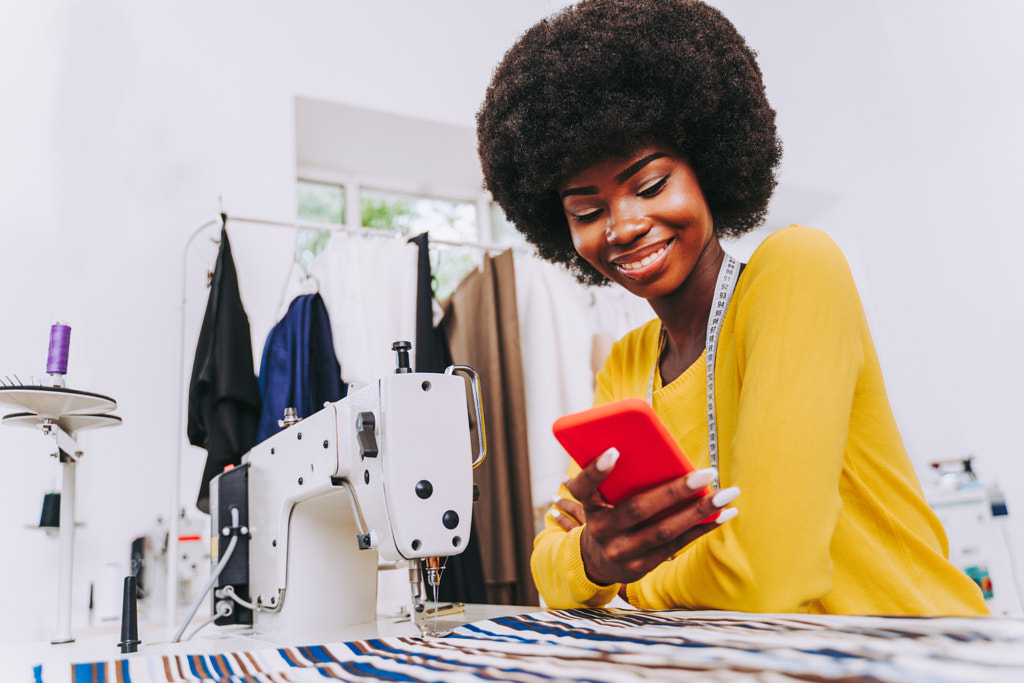


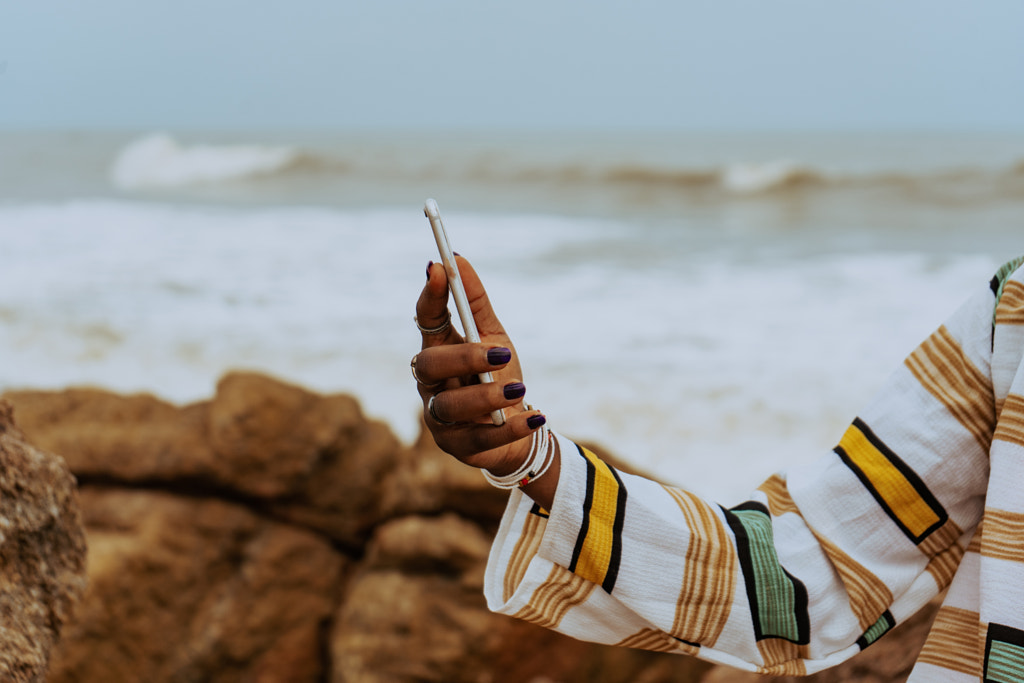
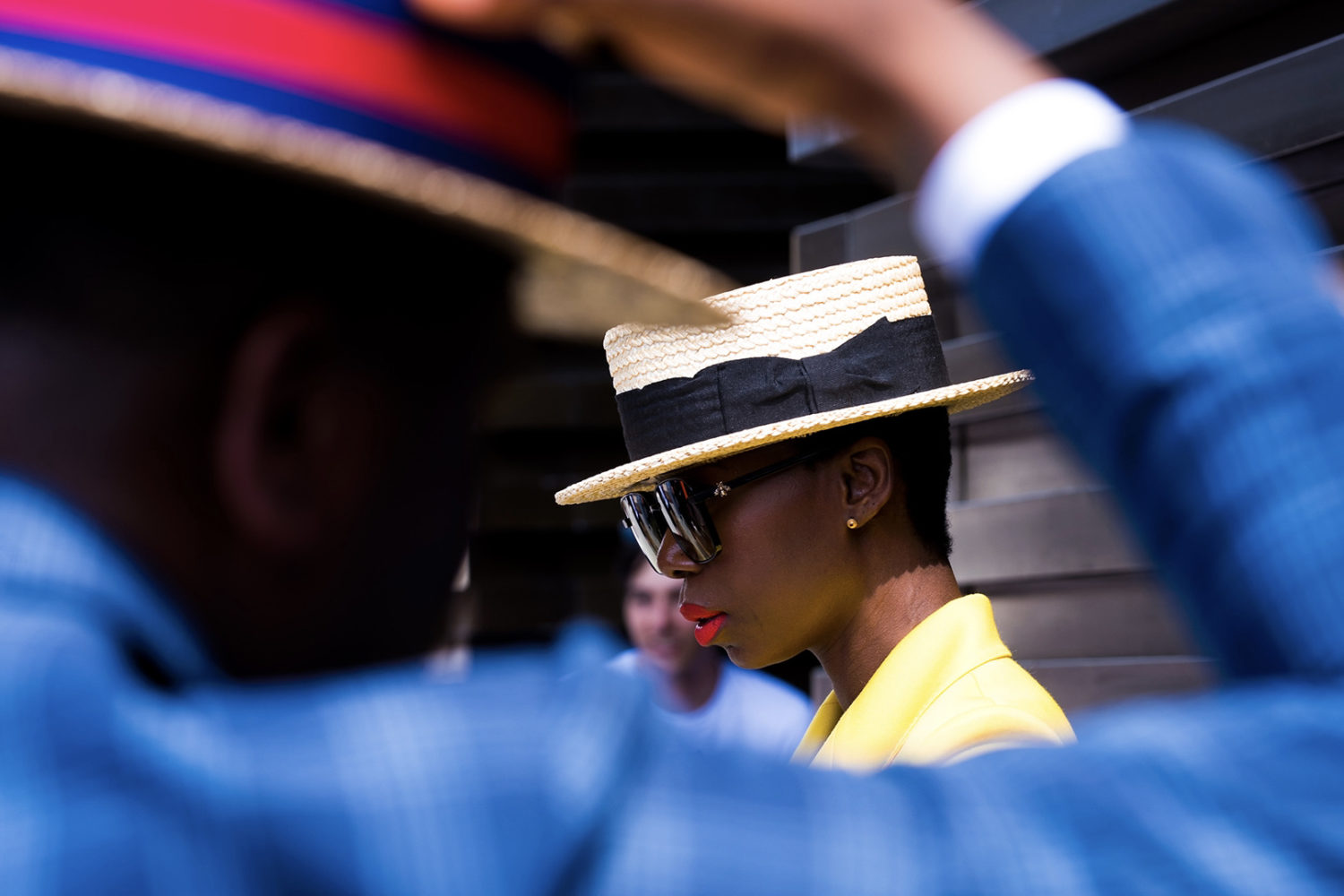



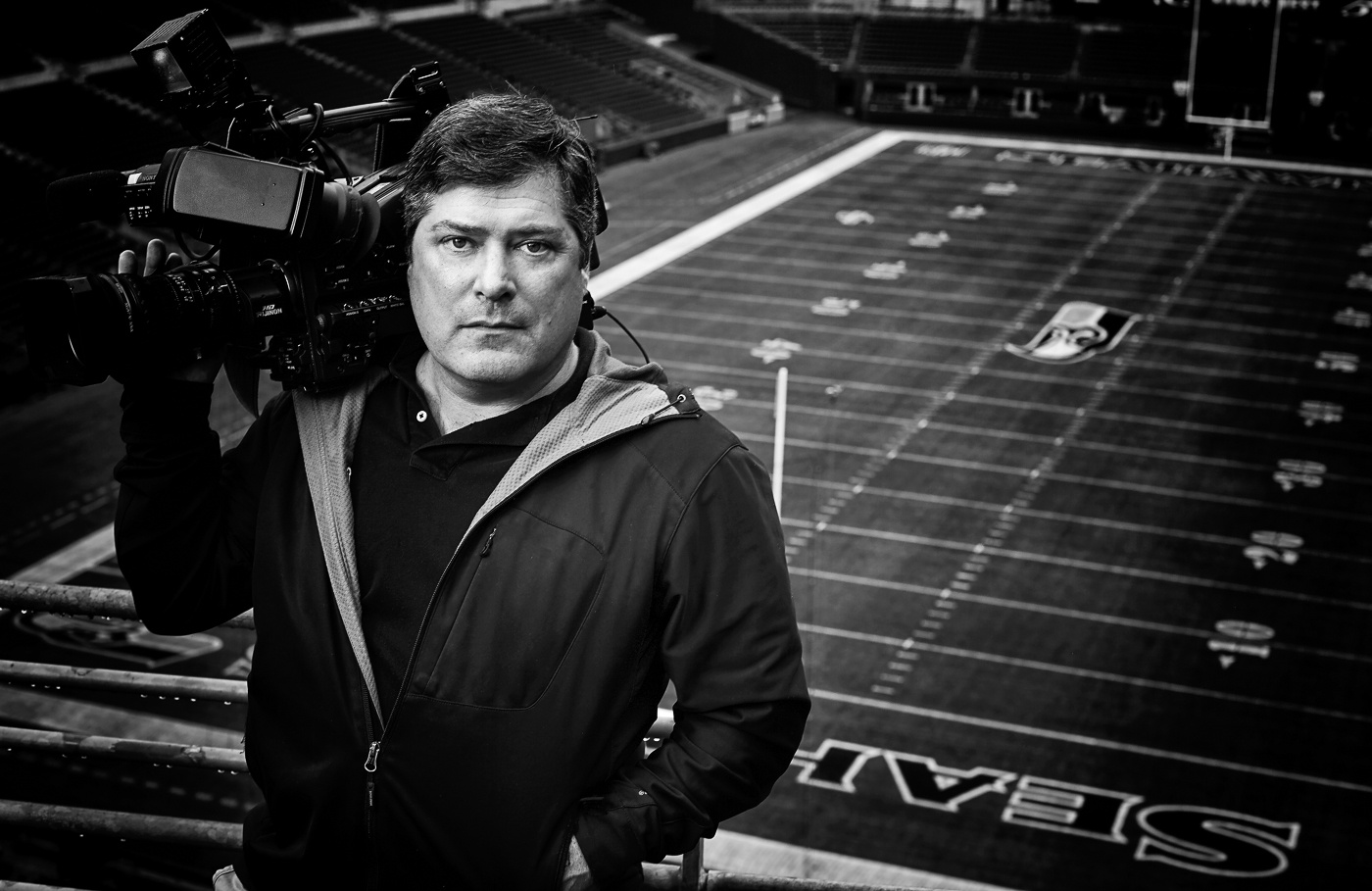
Leave a reply